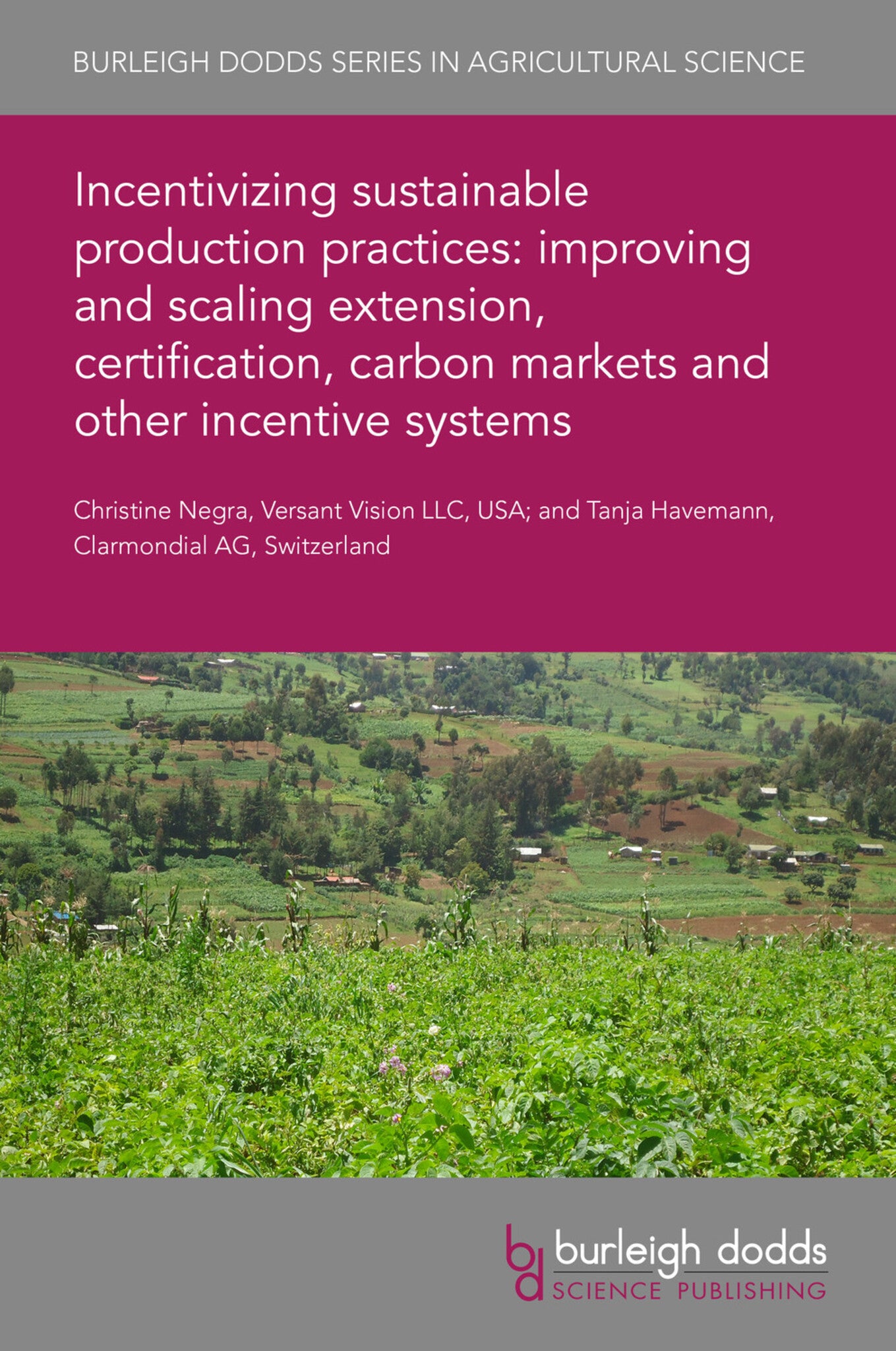We're sorry. An error has occurred
Please cancel or retry.
Incentivizing sustainable production practices: improving and scaling extension, certification, carbon markets and other incentive systems

Some error occured while loading the Quick View. Please close the Quick View and try reloading the page.
Couldn't load pickup availability
- Format:
-
23 November 2020


TECHNOLOGY & ENGINEERING / Agriculture / Sustainable Agriculture, Smallholdings, TECHNOLOGY & ENGINEERING / Agriculture / Agronomy / Crop Science, Sustainable agriculture

1 Introduction 2 Challenges in developing viable smallholder incentives 3 Underlying drivers of weak incentive systems 4 How research can contribute to improve incentives for sustainable practices 5 Case study: using research to improve incentives for sustainable practices 6 Case study: overcoming the cost of compliance 7 Conclusion and future trends 8 Where to look for further information 9 References



